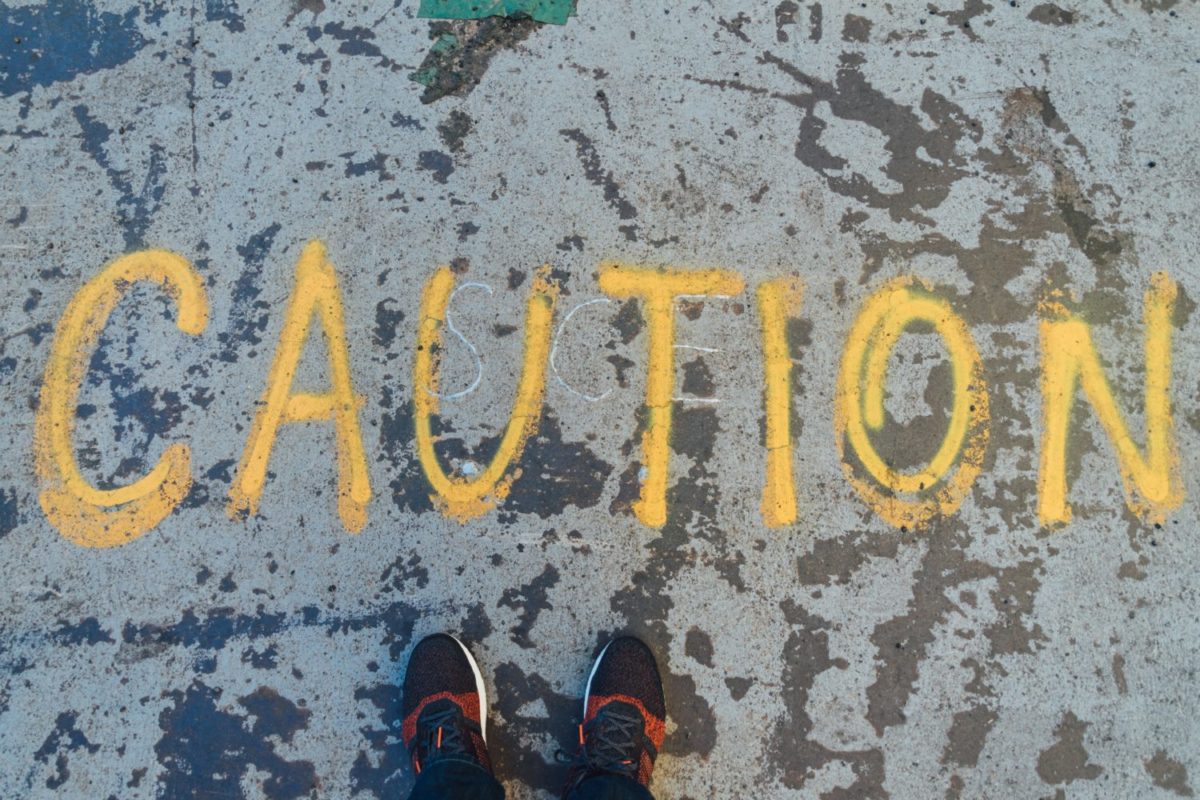For many fliers, the sensations experienced during turbulence can be extremely unsettling. They often evoke what might be characterized as some of the most primal of fears and emotions. People describe being overcome with anxiety, sweating and grasping onto whatever they may be touching. At the same time, all their senses are intently focused on what’s going on around them. While this can be quite unnerving, it should come as no surprise when examined through the lens of how our bodies are programed.
“Our reactions to turbulence are quite simply based on primal survival instincts.”
Our reactions to turbulence are quite simply based on primal survival instincts. Not that long ago, our species lived in the wild as a hunter and gatherer type society. During those times, we were exposed to the elements and surrounded by animals, subsiding off the land. For much of our existence (many thousands of years) we lived in this type of environment, with many potential threats lurking all around us.
Fortunately, our bodies are amazing things. Our brains and our bodies support systems are highly adapted to responding to potential threats. We don’t necessarily have the best sense of smell, sight, or hearing as some animals. However, we are still very good at detecting when something doesn’t seem right. Out in the wild (or in our daily lives), when we notice a sudden loud noise or movement, our bodies instinctively react.
 It’s a simple unconscious act of self-preservation or preparation for self-preservation. Without any conscious thought, our brain says, “something isn’t right or might be dangerous.” We automatically freeze as a result (for a fraction of a second or perhaps longer). The brain simultaneously directs a shot of adrenaline to be distributed throughout our body. Our heart rate and breathing both instantly increase as a result.
It’s a simple unconscious act of self-preservation or preparation for self-preservation. Without any conscious thought, our brain says, “something isn’t right or might be dangerous.” We automatically freeze as a result (for a fraction of a second or perhaps longer). The brain simultaneously directs a shot of adrenaline to be distributed throughout our body. Our heart rate and breathing both instantly increase as a result.
Does all of this sound familiar? The same thing often happens when we feel a jolt of turbulence. The stronger the jolt or surprise, the stronger the response. Basically, everyone experiences this to varying degrees. Even the pilots will likely feel this, although their internal response will probably be quite a bit more subdued.
Turbulence or a big bump will grab the pilots’ attention, but the physical and emotional responses will usually be minimal. More importantly, any responses will quickly subside (almost in an instant). Contrast that with someone who has a fear of flying, and you will notice that the effects will typically last a while longer.
All of these symptoms we experience are byproducts of our bodies priming themselves for a response to a threat: Adrenaline, increased heart rate, increased breathing, tensed muscles, etc… Our brain is prepping us for immediate action (should it be needed). It’s a fight or flight type response to a threat. Our subconscious programming readies us for action. Then, a mix of conscious and subconscious triggers carry out the response.
After this instantaneous preparation or priming, we become focused on observing our surroundings for clues. Do we see something we can identify as a threat? How are the rest of the people around us reacting? We look to them for hints or guidance. Again, these steps originate from our primal survival instincts as both individuals and as part of a group. All of this feeds into our reaction and/or fears. Does the turbulence continue? Do others look frightened? Ultimately, we are trying to determine: does our thought process tell us that danger is imminent? If any of these are yes (or even a maybe), we are likely to stay in this state of mind and readiness and forced to deal with the accompanying emotions.
As noted earlier, where pilots and those who have a fear of flying may differ is their body’s response and thought process following the initial jolt. There are a lot of potential reasons for the difference that enables pilots to snap out of it, negating the need for any kind of heightened state of alert. Perhaps it’s a result of having been exposed to this sort of thing many times before. Or, it’s because they have a comprehensive understanding of aerodynamics and weather. Either of these allows them to recognize that the plane will continue to fly safely and that there’s no cause for concern.
So, there’s a lot of things at work here. There’s a subconscious, primal process and a reaction. There’s the body’s chemical and physiological response. There’s conditioning to a stimulus. There’s conscious, rational thought and understanding. If it sounds like a lot going on, you’re absolutely correct. This all plays a part in why this is such a complicated subject and process. On paper, it easier to understand why we all should have a fear, but it’s something that can be incredibly difficult to overcome in practice.
Our fears of flying and the symptoms and emotions that we experience are deeply rooted in our minds and bodies. Thousands of years of subconscious learning and refinement of survival mechanisms have been programed into our bodies. Contrast that with a mere twenty to fifty years of education and learning that you’ve had since childhood. As a result, we quickly realize that what we’ve experienced or learned in our lives is no match for eons of survival skills that are hard wired into our bodies.
“Certain events or life experiences can influence or magnify our body’s response.”
Recognizing where our fears come from is one of the first steps in the process of overcoming the fear. It’s not an instant solution, but it’s a step in the right direction. All of this is simply our body’s initial reaction to a stimulus, in this case turbulence. Where our thoughts and emotions go from here can be attributed to a host of other experiences in our lives. Certain events or life experiences can influence or magnify our body’s response. A loss of a loved one, a traumatic event, or some other happening can greatly influence what happens after the initial jolt of turbulence and our body’s automatic response.
How these other life events play into our fears can vary from person to person. This is where things can get tricky, because with so many potential contributing factors for why we react differently after the jolt, there is no one-size-fits-all approach to overcoming this fear. However, that doesn’t mean that it’s impossible. It typically takes time and even professional help. The key is to keep trying, keep learning, and to seek help. Overcoming your fear is entirely possible, it just takes time and effort. Learning about your fear and any contributing factors is critical. Taking these steps will open the door and put you on a path towards overcoming your fear.






